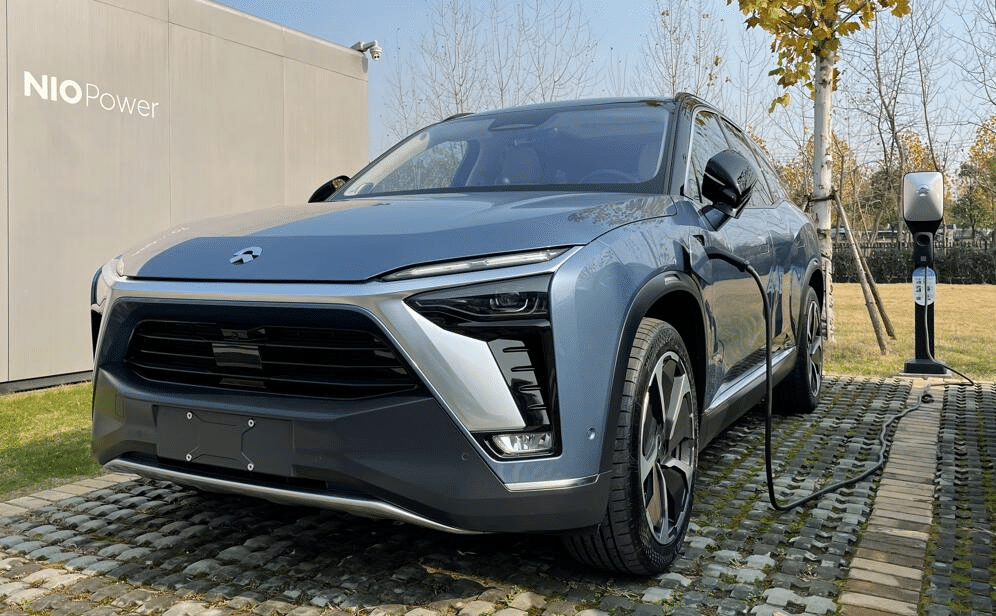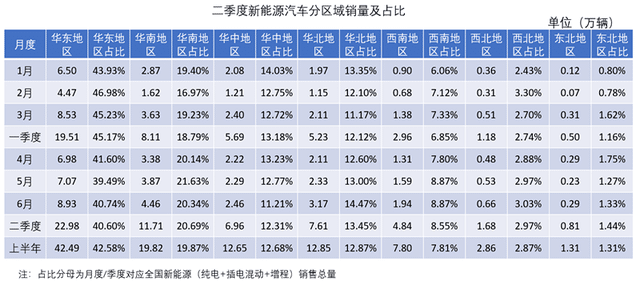Shen Fei, vice president of Nio Power, said the company is continuously monitoring and evaluating.
(Photo source: CnEVPost)
China is in the midst of a power crunch, and many readers have questioned whether this will affect electric vehicle companies, including Nio.
Indeed, it is natural to have this question because electric cars need to be charged to drive, unlike traditional fuel cars that can be refueled.
On the Nio App, a car owner posted a question about whether the restrictions on electricity availability in many areas would affect his ability to drive himself during the National Day holiday.
Some owners also shared their experiences, saying that his city, Yiwu, Zhejiang Province, also encountered power crunch at the end of December last year, which led to the closure of Nio's local battery swap station, but did not encounter this situation this year.
In response to the impact of the power crunch on Nio, technology website huxiu.com quoted Shen Fei, vice president of Nio Power, as saying on Tuesday that the company is continuously monitoring and evaluating the situation.
Cui Dongshu, secretary-general of the China Passenger Car Association (CPCA), said in an article Tuesday that consumer concerns are legitimate, but there is no need to worry too much.
In August, EV charging accounted for only 0.2 percent of China's total electricity consumption, Cui said.
The current 6 million electric vehicles in China do not bring the pressure of power outages, and even if they grow to 60 million units in the future, their impact on the power system will be less than 2 percent, he said.
It's worth noting that the worst hit by the power crunch was in northeast China, where residential electricity was once restricted. Other than that, other regions where power supply was tightly restricted were mainly manufacturing.
However, data from financial website hexun.com shows that in the first half of the year, eastern China accounted for 42.58 percent of the country's EV sales, the southern region for 19.87 percent, the central region for 12.68 percent and the northeast for just 1.31 percent.
Back to Nio, its cumulative deliveries of 131,408 units of all models as of Aug. 31, 2021, represent a small percentage of China's electric vehicle ownership.
If the power crunch starts to affect Nio owners as well as potential consumers, then cab companies, couriers, and bus systems that had a large number of EVs will be more severely affected before Nio, which seems unlikely to happen.
Another thing to note is that Nio's battery swap model gives it a unique advantage. Compared to the randomness of other EV charging behaviors, the battery swap mode that Nio additionally offers makes charging behavior more predictable as well as controllable.
Even in the event of a severe power disturbance, Nio has the ability to plan ahead for the charging of its batteries to smooth out the impact this has on owners.
The root cause of China's power crunch is the result of power plants looking to reduce their losses in the face of skyrocketing coal prices and relatively fixed electricity prices.
Some local governments have imposed restrictions on energy-intensive industries to meet carbon reduction targets, and the power crunch also appears to be more widespread.
After seeing the consequences of the power crunch, China is already taking action to minimize the impact of the situation. State Grid on Tuesday has vowed to take several measures to avoid blackouts to the greatest extent possible.


